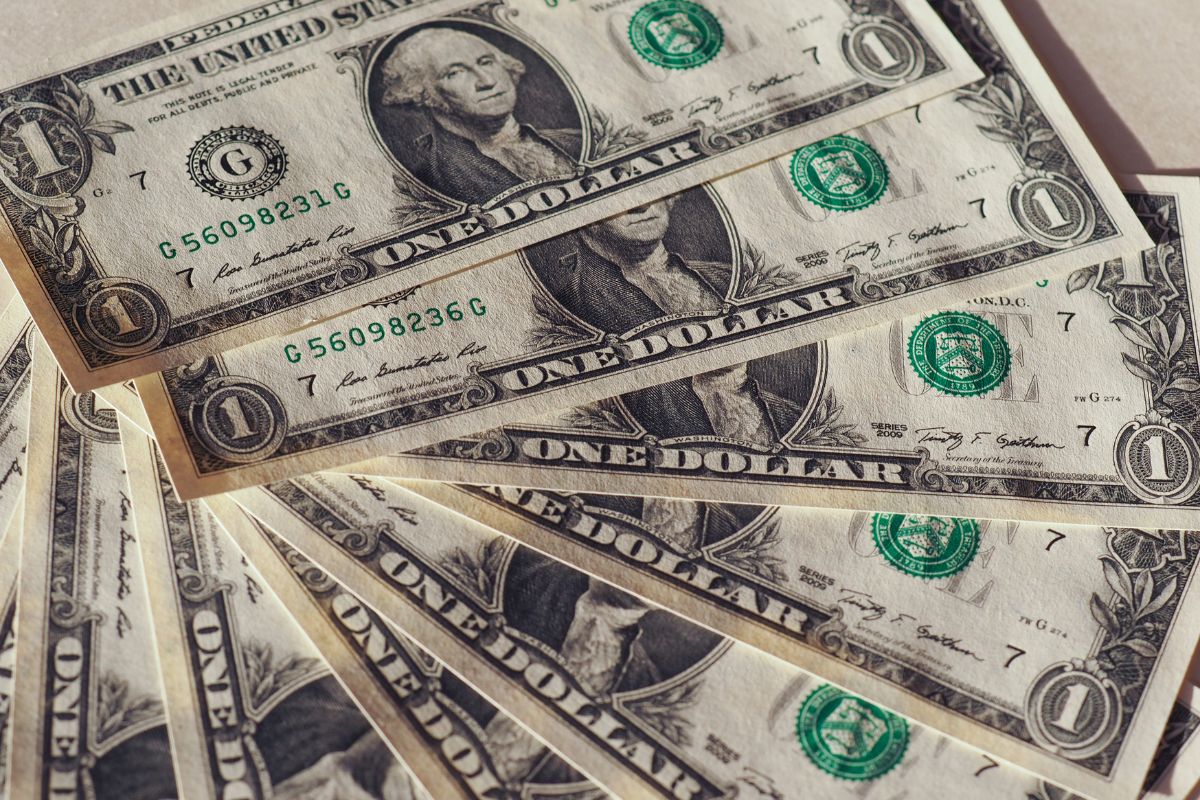The US economy grew faster than expected in the second quarter amid solid gains in consumer spending and business investment, the latest government report said.
It also said inflation pressures subsided, leaving intact expectations of a September interest rate cut from the Federal Reserve.
Growth last quarter also received a boost from inventory building as well as increased government spending, the Commerce Department’s advance report on second-quarter gross domestic product on Thursday showed, Reuters reported.
The housing market recovery, however, regressed and was a small drag on the economy. The trade deficit widened further, subtracting from GDP growth.
The report dispelled concerns that the economic expansion was in danger of an abrupt end, which had been stoked by a lackluster performance in the first quarter and in April.
The economy continues to outperform its global peers, despite hefty rate hikes from the country’s central bank in 2022 and 2023, thanks to a resilient labour market, the report said.
“Economic growth is solid, not too hot and not too cold,”, the Reuters report, citing Christopher Rupkey, chief economist at FWDBONDS, said.
“Inflation looks to be going the Fed’s way and an easing of monetary restraint with an interest rate cut is likely in September,” he said.
The country’s gross domestic product (GDP) increased at a 2.8 percent annualised rate last quarter, the Commerce Department’s Bureau of Economic Analysis said in its advance estimate of second-quarter GDP.
That was double the 1.4 percent growth pace in the first quarter.
Economists polled by Reuters had forecast GDP rising at a 2 percent rate, with estimates ranging from a 1.1 percent rate to a 3.4 percent pace.
The growth rate in the first half of the year averaged 2.1 percent, half the 4.2 percent pace logged in the last six months of 2023.
That is just above the 1.8 percent pace viewed by US central bank officials as the non-inflationary growth rate.
A separate report from the US Labor Department on Thursday showed the labour market steadily easing, with initial claims for state unemployment benefits dropping 10,000 to a seasonally adjusted 235,000 for the week ended July 20.









